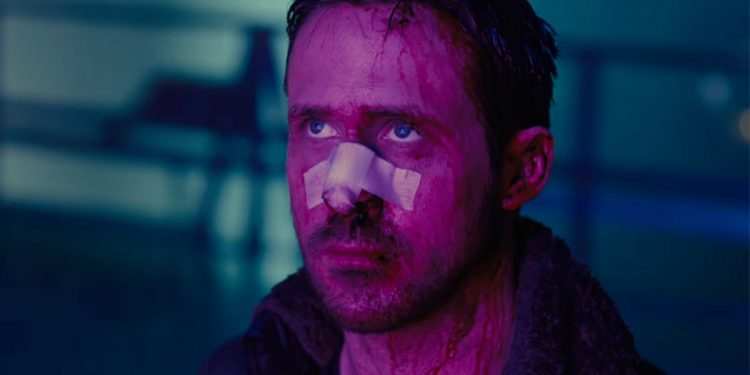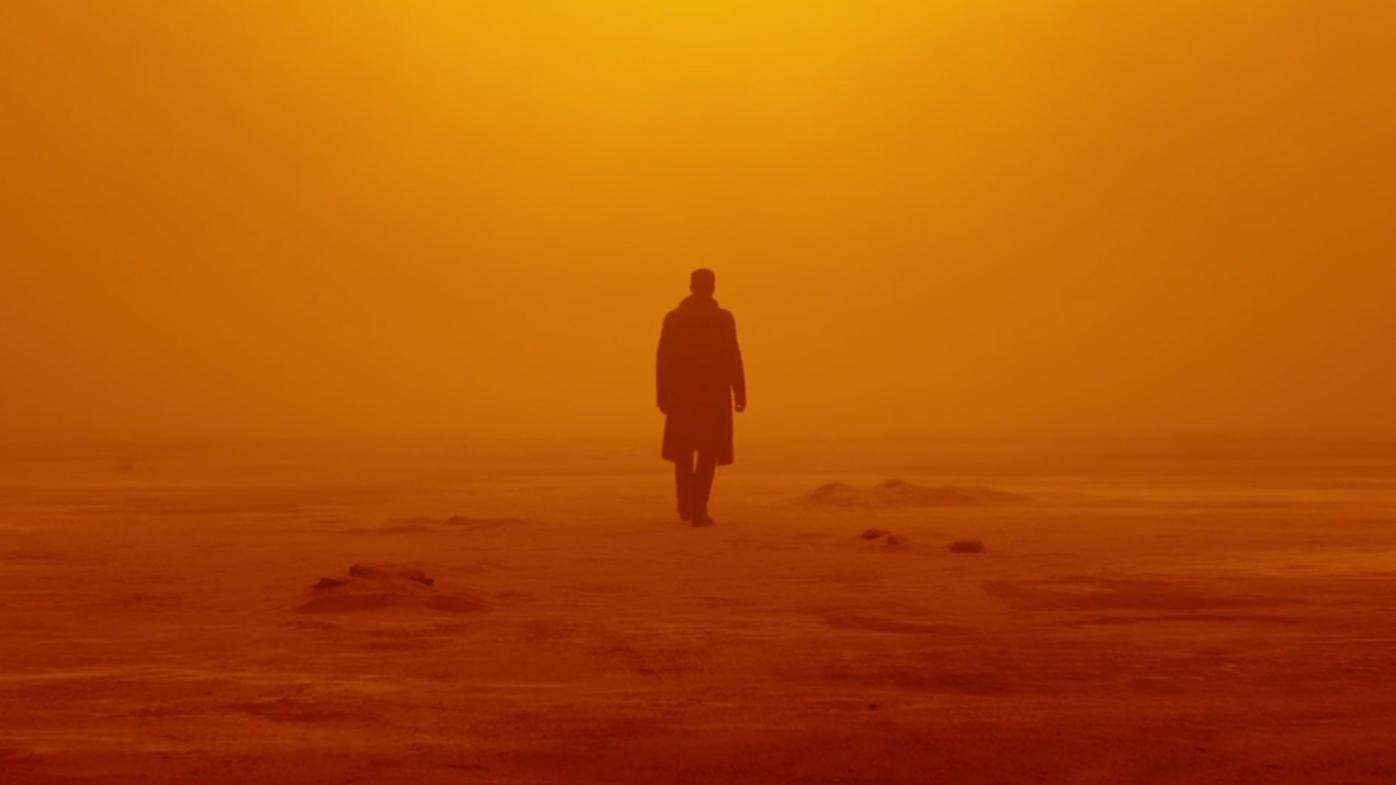Originally published here at AltRight.com.

After much anticipation and technical difficulties on the part of my local projectionist, I finally managed to view Blade Runner 2049 opening night. As most critics are saying, it is a particularly excellent film and will undoubtedly receive many accolades during Oscar season.

After much anticipation and technical difficulties on the part of my local projectionist, I finally managed to view Blade Runner 2049 opening night. As most critics are saying, it is a particularly excellent film and will undoubtedly receive many accolades during Oscar season.
The film includes stunning cinematography (every frame is a well blocked and composed moving painting), set design (in particular the Wallace office, which shares a striking resemblance to the angular modernist Casa Malaparte of Jean-Luc Godard’s Contempt), and intricate crime mystery plotting (which, do not worry, I will not spoil here). To avoid parroting the well-deserved praise from virtually every other critic writing about this film, I will instead delve into a larger subliminal criticism.

In his review of the film, Trevor Lynch aptly notes “the script lacks the poetry and mythic dimension of the original.” I would go further. The entire film lacks it.
Even the cinematography of the original, with its persistent use of fog and distorted artificial lighting, lends itself toward the unconscious weightiness of Jungian archetypal psychology- with Roy embodying the devil, hero, child, trickster, and perhaps even god all wrapped into one.
In this film, our replicants are either Kill Bill-styled action she-men or emotionally and clinically dispassionate robots. They are shallow. They often come across as less human than human, unlike the supermen of the first. In fact, all characters in this film are emotional dwarfs to their counterparts of the original film. M. Emmet Walsh’s sleazy and pushy Harry Bryant is far more memorable and enjoyable than Robin Wright slugging straight whiskey in a forced attempt to look like a battle-hardened police lieutenant from a hard-boiled novel. Harrison Ford, per usual these days, is reaching an age of unsightliness to watch.
Structurally the plot of the sequel lacks the pyramidal pacing of the original. In Blade Runner we witness Roy rise from the gutters of the decadent multicultural slums of 2019’s Los Angeles, and through his own superior cunning (both in the game of chess as well as brutish trickery), manages to meet his maker Tyrell, both physically and through proving his competitive intellectualism. Having killed his creator (accompanied by a soft, but haunting, Gregorian chant) Roy, like Milton’s Lucifer, descends back into the urban hell to tragically embrace with all his life the death that awaits him.
Without even saying it, we can sense a certain grandeur – a grandeur lacking in this new film, which, although beautiful in its own right, displays the world of its story in harder literalism, with a more substantive use of harsher, as well as natural, lighting. This is fine and beautiful, but less romantic than the original.
To illustrate, let us contrast the opening eyeshot of the original and new films respectively.

In the original, we not only look at an eye but into it. We see the beautifully hellish industrial cityscape of the Blade Runner world, but also a representation of the soul- whether human or replicant we do not know nor does it seem to matter. The soul, like the city, being both painful and beautiful. Tragic, but Nietzschean. Inward and outward. In the new film, however, the shot is certainly beautiful, but ultimately empty and two dimensional. It’s just an eye.
I don’t doubt attentive audience members, after multiple viewings, will find deeper and more fruitful themes in this new film than I have after one viewing from the masterful Denis Villeneuve, director of popular films like prisoners, Sicario, and Arrival, however I believe these themes will lend themselves to the penchant for realism most 21st century films have than the mythic larger-than-life transcendentalism of the original film.
All criticisms aside, however, this is likely one of three best films this year (the other two being Baby Driver and Dunkirk). If you haven’t already, I suggest going out to see it on the big screen.